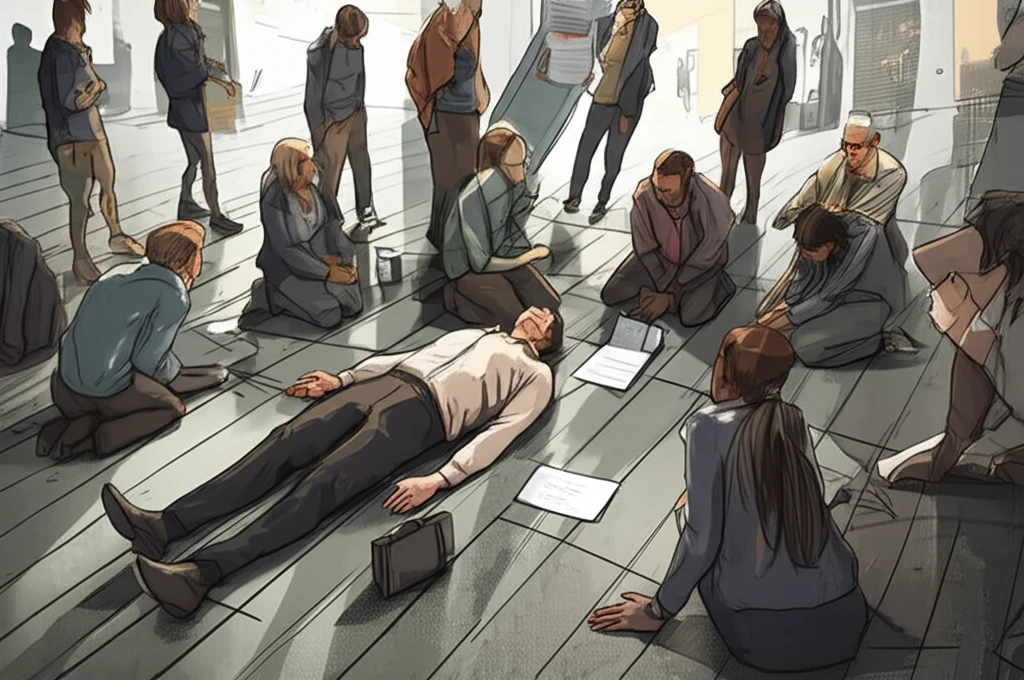
CPR Readiness: Are You Prepared to Save a Life?
"New studies reveal the gaps and opportunities in community cardiopulmonary resuscitation (CPR) willingness and education."
Cardiac arrest can happen anywhere, at any time. Imagine witnessing someone collapse – would you know what to do? Cardiopulmonary resuscitation (CPR) is a life-saving technique that can significantly increase a person's chances of survival, but how prepared are communities to step in during these critical moments?
Recent studies presented in "Resuscitation" journal shed light on community willingness to perform CPR and the effectiveness of current CPR education efforts. These studies, conducted in diverse populations like Sweden and Crimea, reveal important insights into the attitudes, barriers, and opportunities for improving CPR readiness.
This article explores the key findings of these studies, highlighting the importance of CPR training, addressing common fears and hesitations, and providing actionable steps you can take to become a confident and capable lifesaver. Whether you're a healthcare professional, a concerned citizen, or simply curious about CPR, this information can empower you to make a difference in someone's life.
Why CPR Knowledge Matters: Unveiling Community Preparedness

A study focusing on the Crimean peninsula examined the willingness of the population to perform CPR. The results indicated that while a majority expressed some willingness to perform CPR on a stranger (79%) or a friend/relative (91%), a significant portion lacked the confidence to act decisively. Only 35% stated they would definitely perform CPR on a stranger, compared to 72% for a loved one.
- Prior CPR Training: Individuals with previous CPR training were significantly more likely to express willingness to perform CPR.
- Self-Perceived Knowledge: A higher self-perceived level of CPR knowledge was also associated with increased willingness.
- Barriers: The most common barriers to performing CPR were a lack of knowledge and skills, and fear of causing harm to the victim.
Empowering Communities Through CPR Education: A Call to Action
The studies discussed highlight the critical need for improved CPR education within communities. By addressing the barriers to action – lack of knowledge, fear of causing harm – and providing accessible, high-quality training, we can empower more individuals to become confident lifesavers. Whether through community workshops, online resources, or integration into school curricula, expanding CPR education can create a ripple effect, increasing survival rates and building more resilient communities. Don't wait for an emergency to strike – take the first step towards becoming CPR-ready today.
